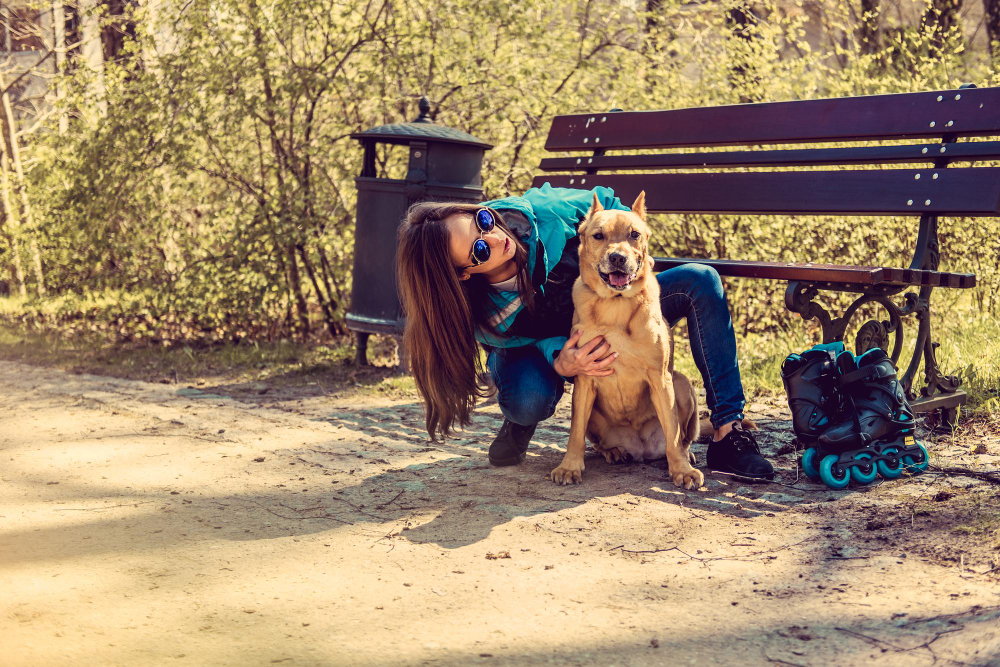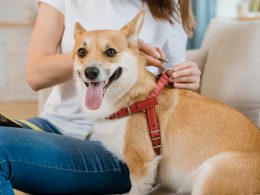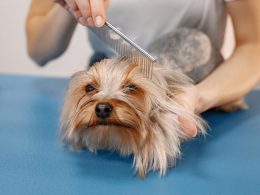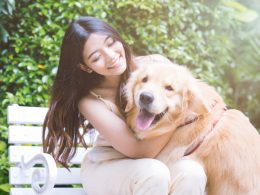Contrary to what many think, Pitbull dogs are incredibly affectionate, intelligent, loyal, and even very docile with children. Dogs of this breed draw a lot of attention for their physical conditioning, with very apparent muscles.
Pitbulls in the Dog Park: Separating Fact from Fiction
Yes, however, check your state’s legislation to see if there are any specific regulations for this breed, such as using a muzzle and lead. the breed, and many people continue to claim that they are aggressive and prefer to keep their distance. If you own a Pitbull and walk on the street, you must have seen people afraid, even crossing the street to avoid passing by, right? It is pervasive. However, many don’t know that Pitbulls are very friendly with humans, including strangers. In a dog park, it is common for all dogs of all sizes to be in the same environment, loose and playing. However, Pitbulls are always seen with evil eyes due to their fame. Pitbulls are known for their origin, as they were historically bred to attack other animals, and unfortunately, rumors of aggression are talked about to this day.
Why it’s Essential to Leash Your Pitbull in a Dog Park
Dogs shouldn’t walk without a leash on the street for their safety and others in the same environment. Let’s analyze a hypothetical situation, you take your dog, regardless of breed, for a walk, and you prefer to leave it without the leash, walking beside you. However, you are surprised by a shrill noise, your dog is scared and anxious, and you lose control of the situation. Your dog runs away from the noise, and another dog passes by and decides to attack it to defend himself. These situations are more common than they seem. Have you ever thought about this possibility? So, the ideal is to take your dog for a walk with a leash, and you can even use a longer leash for your dog to enjoy the walk peacefully.
Now, if you intend to leave it in a dog park, and that park accepts the presence of Pitbulls in a controlled environment. If your dog is adapted and trained, it may even be quiet, but with the breed’s fame, it is quite capable of any accident, however small, being blamed by your dog.
Unleash the Benefits: The Health Advantages of Park Walks for Dogs
You can and should! The walks in the parks bring several benefits to dogs’ health, as already registered in scientific studies: it stimulates the improvement of the physical condition and increases well-being with stress reduction. Contact with nature is essential even to improve the public health of people in cities, and it is no different for pets.
Walks help dogs stay in shape and strengthen their joints. Pets suffer less from hyperactivity, anxiety, or stress with physical exercise.
Making the Best Match: A Guide to Integrating Pitbulls with Other Dogs
Pitbulls, like dogs of any other breed, can be friendly with other dogs, defining their behavior and adaptation from when they are puppies. The best period of socialization starts from the first month of the dog because, at this stage, the dogs begin to assimilate and understand more about the world.
How To Adapt The Adult Pitbull To Other Dogs
The adaptation between dogs can be complex and generate insecurity for the owner. It is possible to have this process of preparation and transformation more harmonious and faster. Introducing a new dog into the home requires dynamism so that no family member is affected, and the environment remains the same. In this case, the most important thing is to analyze the routines, habits, and personalities of the dogs so that, later, it is possible to bring the best companion. For both dogs, everything is new, and it takes time to accept and understand and then get used to the integration and changes in the reality of living together.
- Make first contact in a neutral place
Generally, dogs have an instinct to be territorial. Therefore, when acquiring a new puppy, the ideal thing is that the first contact is in a neutral place, such as a square – and not at the home of the older animal.
- Get ready to take him home
After the meetings in neutral places, it was time to take him home. One of the first instructions is to make the older dog feel free, letting him enter the house without using the leash. The new puppy should be kept on a leash for a few minutes to get used to the place and the receptivity of the older one. When you release it, he will feel like exploring the whole environment. At this point, attention must be entirely focused on the behavior and adaptation between them. It is because if one of them is uncomfortable or rejects the presence of the other, being aggressive, the tutor must intervene, limiting the spaces between them. If this happens, the process should be done progressively until they get used to it, always under the owner’s supervision.
- Take walks to encourage friendship between dogs
Walking with the dogs is excellent because, in addition to running and playing, the dogs spend their energy and get tired, making it an ideal time to approach – but as long as it is outside the place where the eldest already dominates. Thus, the chances of getting weird and fighting become smaller since he will have nothing to defend.
- Avoid leaving them unattended for the first few days
In the first few days, it is not recommended to leave the dogs alone, especially if they are in the same environment. If you need to go out, the ideal is to have a separate space for each, as this helps reduce negative behavior and fights between the two.
- Separate the dogs’ spaces
To facilitate adaptation, the new member needs to have their own space, far away and isolated from the eldest’s territory. In this environment, leave accessories such as water, food bowls, and toys so that he can get used to the place and feel safer. In addition, this is an excellent time to start the introduction by smell, as a blanket or sock with the scent of the younger one can be offered to the older dog, making them know each other by smell.
- Keep meals separate
One of the moments that can generate confusion is feeding time. In this case, it is essential to place the meals separately, preferably in different environments, to prevent one from eating the other’s ration so that both can have their own space. If this is not possible, try to leave the feed containers on opposite sides of a room in the house so that they can get used to feeding with each other’s presence and smell.














